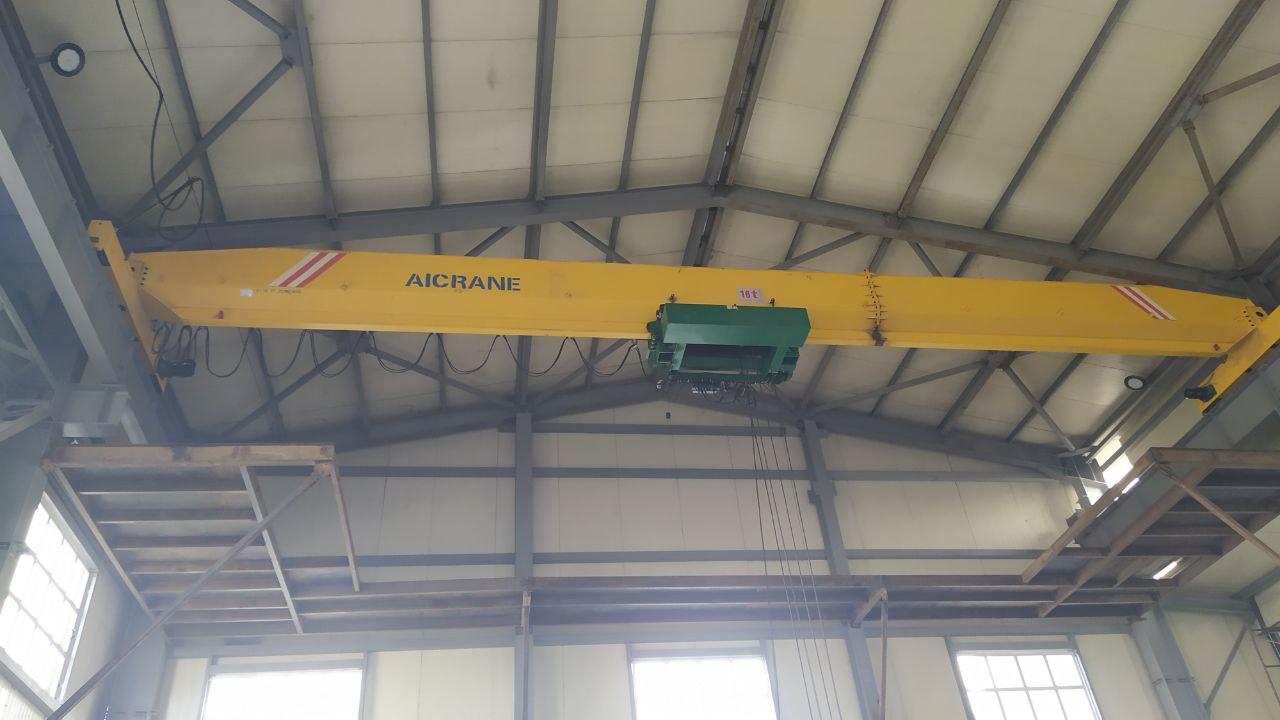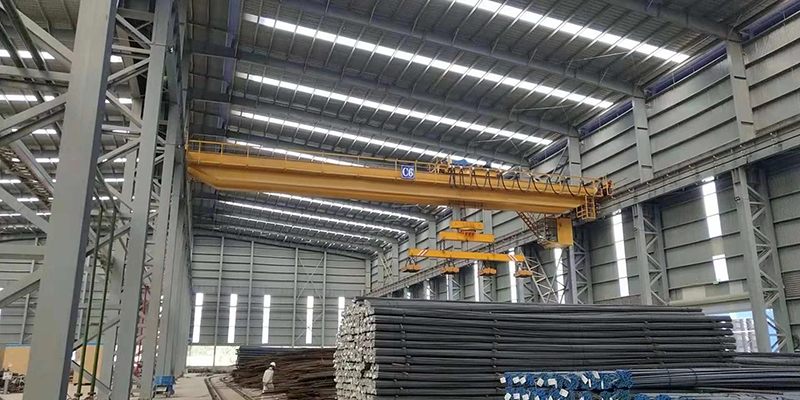Cranes came to make work easier for industries and warehouses, and choosing to buy a crane to make operations smoother is an easy decision. What may not be easy is choosing between the available options. That said, there are two popular cranes for lifting heavy weights and transporting bulky materials: The single girder and double girder gantry cranes. What’s the difference between the two? Here is a comprehensive comparison of the single vs the double girder gantry cranes:

Design
This aspect is pretty obvious, as it lies in the names of the two types of equipment. In design and construction, the single girder features one bridge beam and two end trucks on each side. The hoist trolley traverses from one end to the other on the lower side of the bridge girder. On the other hand, the double girder has two bridge beams(dos vigas de puente) and two end trucks on each end.
Moreover, the hoist trolley travels on rails that are usually attached to the top of the bridge. This makes the later hold bulkier materials, having a more complex structural framework, while the former is lightweight and ideal for small to medium weight projects.
Cost
Without a doubt, the difference in construction automatically alludes to a difference in cost. As such, a double girder crane is more expensive than a single girder crane. This does not necessarily mean that every industry should go for the more expensive one, for increased performance. Both machines have their merits and demerits and as such, are appropriate for different industrial applications.
Duty Classification
Though most think that the double girder is a piece of heavy-duty equipment(equipo de trabajo pesado) and the single one light-duty, the converse is true. The structural components of the machine, are what classify the machine as heavy or light duty. That said, a single and double girder gantry crane could be of the same duty, despite having different structural components. This also extends to durability and longevity. You cannot assume that one lasts longer than the other simply because they vary in fabrication.
The difference rather lies in the application. Typically, the double girder crane is used for D+ (Very Heavy Duty) or E (Severe Duty) applications. This is because of its heavy-duty motor, open winch with a separate split gearcase, and can be configured to future a bridge-mounted platform for increased stability in handling bulky goods. On the other hand, the single girder crane cannot stably support such a platform, hence handles lighter-duty materials.

Headroom Limitations
Since the hoist trolley travels on the top of the double girder crane, it needs more clear height over its elevation. In the single girder crane, the hoist hook height is improved by a wide margin. This makes the single girder design quite practical in most runways since they have insufficient clearance space(espacio libre).
Wind Up
Due to the difference in fabrication, therefore cost and headroom limitation, both machines are suitable for different applications. The single girder is better used for light and medium-duty applications while the double girder is ideal for heavier duty class and special applications such as double hoisting systems and die flipping. The one that suits you best depends on your industrial specifications!
Get more: http://aicrane.com.mx/